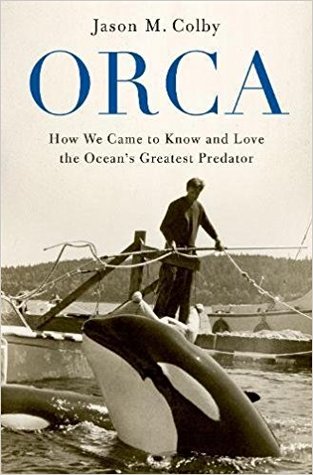
The Whaler’s Daughter – Jerry Mikorenda – Fitzroy Books – Published 24 July 2021
♥♥♥♥
Synopsis
In 1910, twelve-year-old Savannah lives with her widowed father on a whaling station in New South Wales, Australia. For generations, the Dawson family has carried on a very unusual way of life there. They use orcas to help them hunt whales. But Savannah believes the orcas hunted something else—her older brothers, who died mysteriously while fishing. Haunted by their deaths, Savannah wants to become a whaler to prove to her father that she’s good enough to carry on the family legacy and avenge her slain brothers. Meeting an aboriginal boy, Figgie, changes that. Figgie helps Savannah to hone her whaling skills and teaches her about the Law of the Bay. When she is finally able to join the crew, Savannah learns just how dangerous the whole business is. A whale destroys her boat and Savannah sinks into the shark-infested waters. That’s when the mysterious spirit orca Jungay returns to rescue her, and she vows to protect the creatures. That vow tests her mettle when the rapacious owner of a fishing fleet captures the orca pod and plans to slaughter them
My thoughts
The Whaler’s Daughter caught my attention, despite the dull cover, as I knew it was similar to true historical events and I wanted to see how the author would combine history with fiction.
A message of environmental protection, the author does a great job of conveying the historic events and perspectives from an approach that it is relevant for modern readers.
Few might know the story of Eden and the orca’s that worked with whalers in Australia. This story, I hope, will bring that story into the light. While much of the story in The Whaler’s Daughter differs from what is recounted of the events in Eden, there is enough to align the stories.
Along with themes of protecting the environment, caring for and working with animals, The Whaler’s Daughter also raises themes around the roles of women. Savannah is a strong and headstrong character. She knows exactly what she wants and that is to ride in the whaling boats along with her father’s crew. As she fights for her place, she has more encounters with the orcas. She initially fears and hates them, holding them accountable for the death of her family members. But as she gets to know them more, learns of the plans of the nearby towns leaders and gets her first encounter on a whaling boat, Sav must change everything she thought she knew.

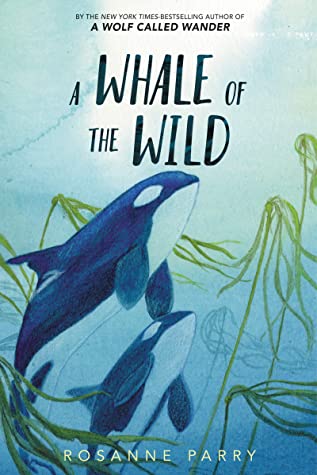
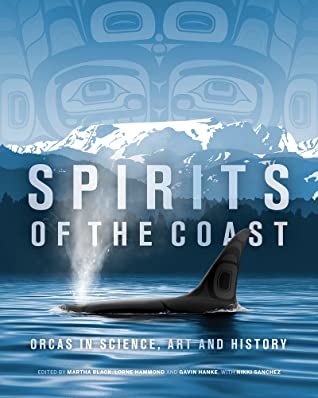
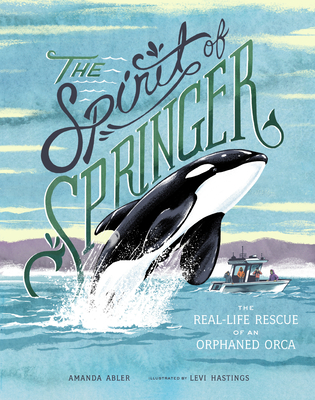
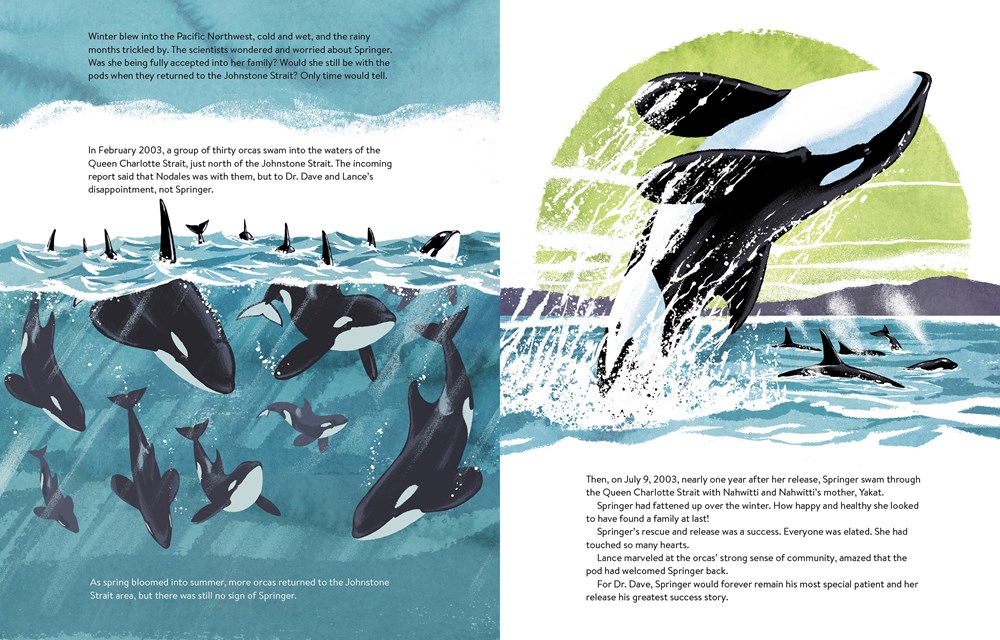 The book explains both the media attention Springer received, the concern of the public and the details of her rescue, rehabilitation and release. Built into the story are explanations of scientific terminology, like dialect.
The book explains both the media attention Springer received, the concern of the public and the details of her rescue, rehabilitation and release. Built into the story are explanations of scientific terminology, like dialect.